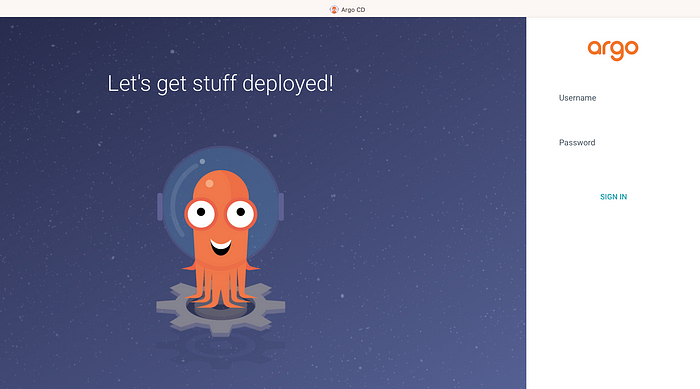Deploy the DeliApp Image to Cluster
In the previous lab we Dockerize our app for continuous integration which is the App we worked on so we will go further to demonstrate and deploy that same app into our Kubernetes cluster.
Before we start the lab you need an Extension that will make your job easier for you.
YAML Autogeneration using Kubernetes Extention
One of the easiest ways to create Kubernetes YAML is using the visual studio kubernetes extension.
Install the Kubernetes VS code extension, and it will help develop k8s manifests for most kubernetes objects. It also supports deploying apps to local and remote k8s clusters.
All you have to do is, start typing the Object name and it will automatically populate the options for you. Then, based on your selection, it will autogenerate the basic YAML structure for you as shown n the following image.
This extension supports YAML generation of Pods, Deployment, Statefulset, Replicationset, Persistent Volumes (PV), Persistent Volume Claims (PVC), etc.
let's try to deploy Application on the cluster using deployment and service yaml file
The command to create deployment and service
deployment.yml and copy and paste the below
apiVersion: apps/v1
kind: Deployment
metadata:
name: appname
labels:
app: appname
spec:
replicas: 1
selector:
matchLabels:
app: appname
template:
metadata:
labels:
app: appname
spec:
affinity:
nodeAffinity:
requiredDuringSchedulingIgnoredDuringExecution:
nodeSelectorTerms:
- matchExpressions:
- key: kubernetes.io/arch
operator: In
values:
- amd64
- arm64
containers:
- name: appname
image: username/appname
resources:
limits:
memory: "128Mi"
cpu: "500m"
ports:
- containerPort: 80
Create service file by below command
Service.yml
apiVersion: v1
kind: Service
metadata:
name: appname
labels:
app: appname
spec:
ports:
- port: 80
nodePort: 32000
protocol: TCP
selector:
app: appname
type: NodePort
copy the public cluster ip and with the port being expose in the SG(32000) and paste in the browser
You can change type from NodePort to LoadBalancer by below service file
apiVersion: v1
kind: Service
metadata:
name: appname
labels:
app: appname
spec:
ports:
- port: 80
nodePort: 32000
protocol: TCP
selector:
app: appname
type: LoadBalancer
Create a namespace to deploy your application into with this command, kubectl create namespace (namespace name)
To create this app. all you have to do is Cd into the folder containing the files and run
kubectl create -f deploy.yml -n (namespace created earlier) and do the same for service.yml




No comments:
Post a Comment